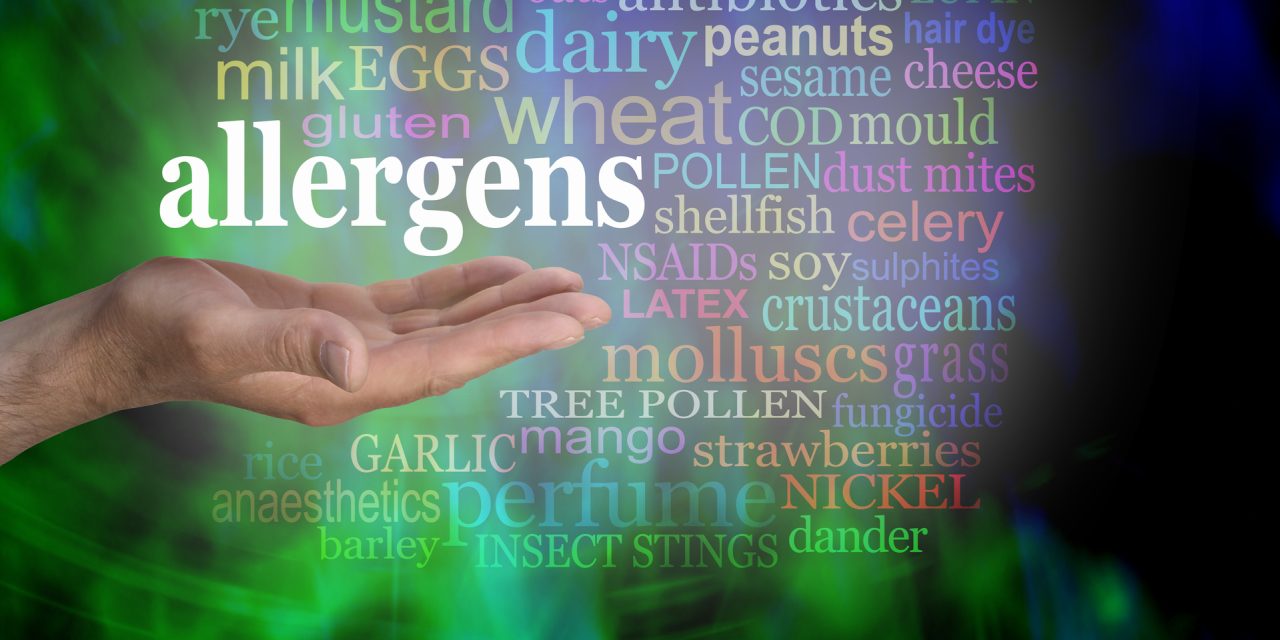In chronic obstructive pulmonary disease (COPD) patients, the study compared the antibody responses and persistence of the reduced-dose, 9 g hemagglutinin (HA)/strain intradermal (ID) injection via the Mantoux technique and the 15 g HA/strain intramuscular (IM) injection of the repeated annual identical trivalent, inactivated, split-virion vaccine. Eighty patients were randomly assigned to one of two groups: ID or IM. Four weeks after vaccination, the antibody responses of the two groups were similar; those for influenza A(H1N1)pdm09 and influenza A(H3N2)–but not influenza B–met the requirements of the Committee for Proprietary Medicinal Products (CPMP). The antibody responses for influenza A(H1N1)pdm09 decreased fast in both groups, particularly after the ID injection, but those for influenza A(H3N2) remained above the CPMP criterion for 12 months after vaccination. The ID and IM groups had seroprotection rates over 60% until 3 and 6 months post-vaccination, respectively. Finally, after 4 weeks post-vaccination, the 9 g HA/strain ID injection of vaccine 2011–2012 produced antibody responses comparable to the usual dosage of 15 g HA/strain IM injection.
However, antibody responses for influenza A(H1N1)pdm09 decreased fast, particularly after the ID injection, but they were equivalent for influenza A. (H3N2). Additional vaccination durability techniques should be investigated, particularly for emerging pandemic strains impacting elderly COPD patients.
Reference: https://www.tandfonline.com/doi/full/10.1080/21645515.2019.1692559


